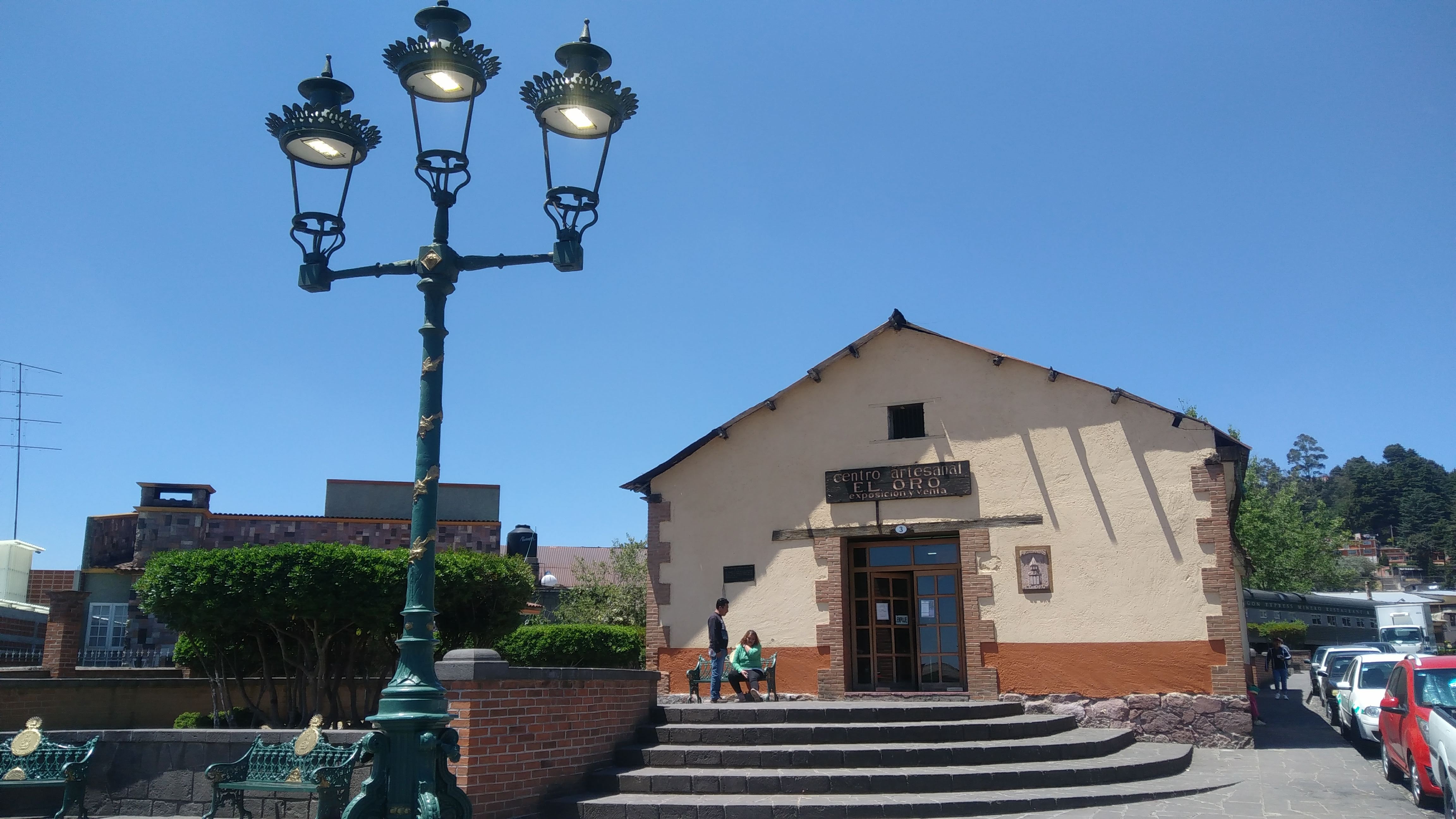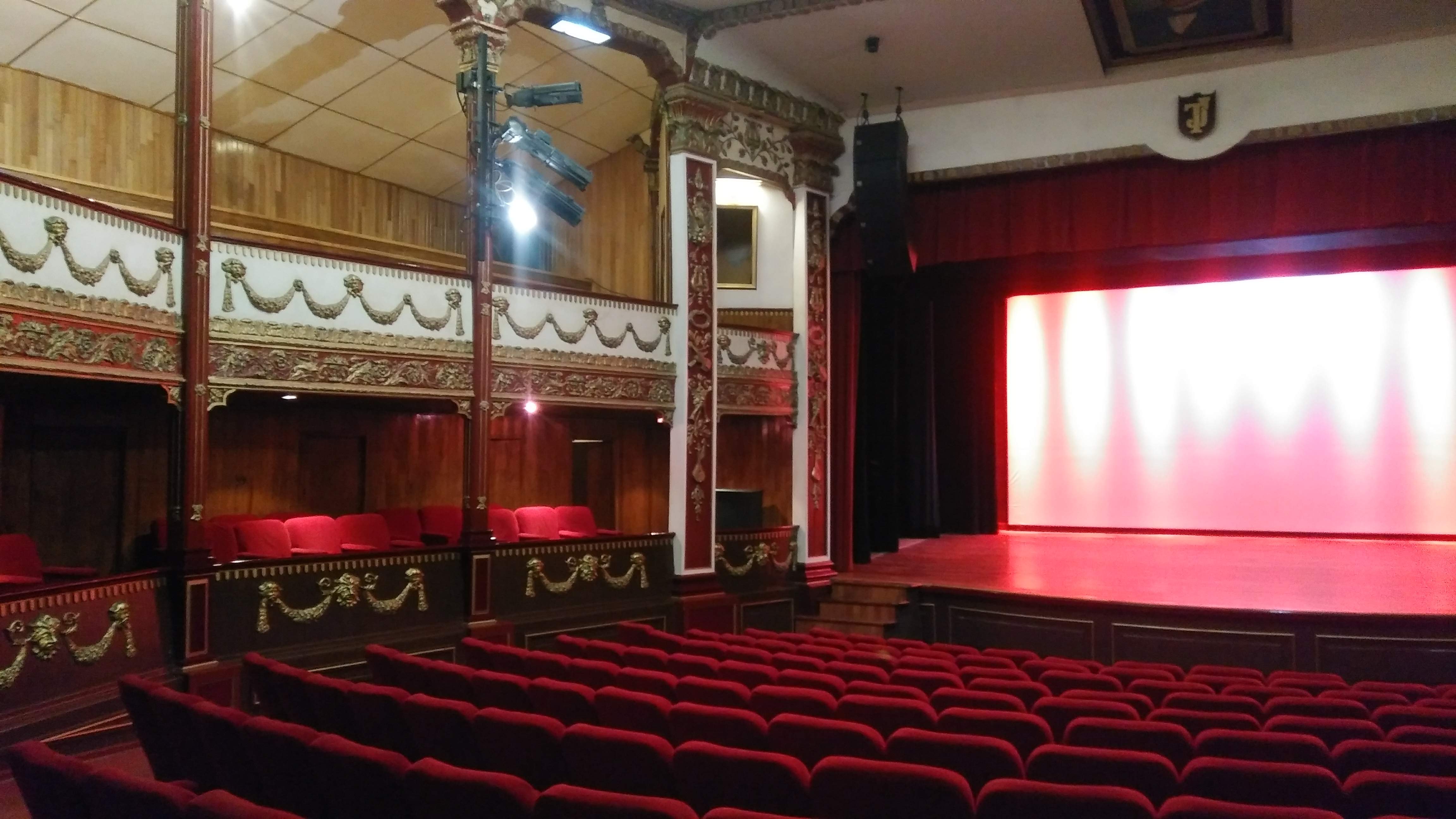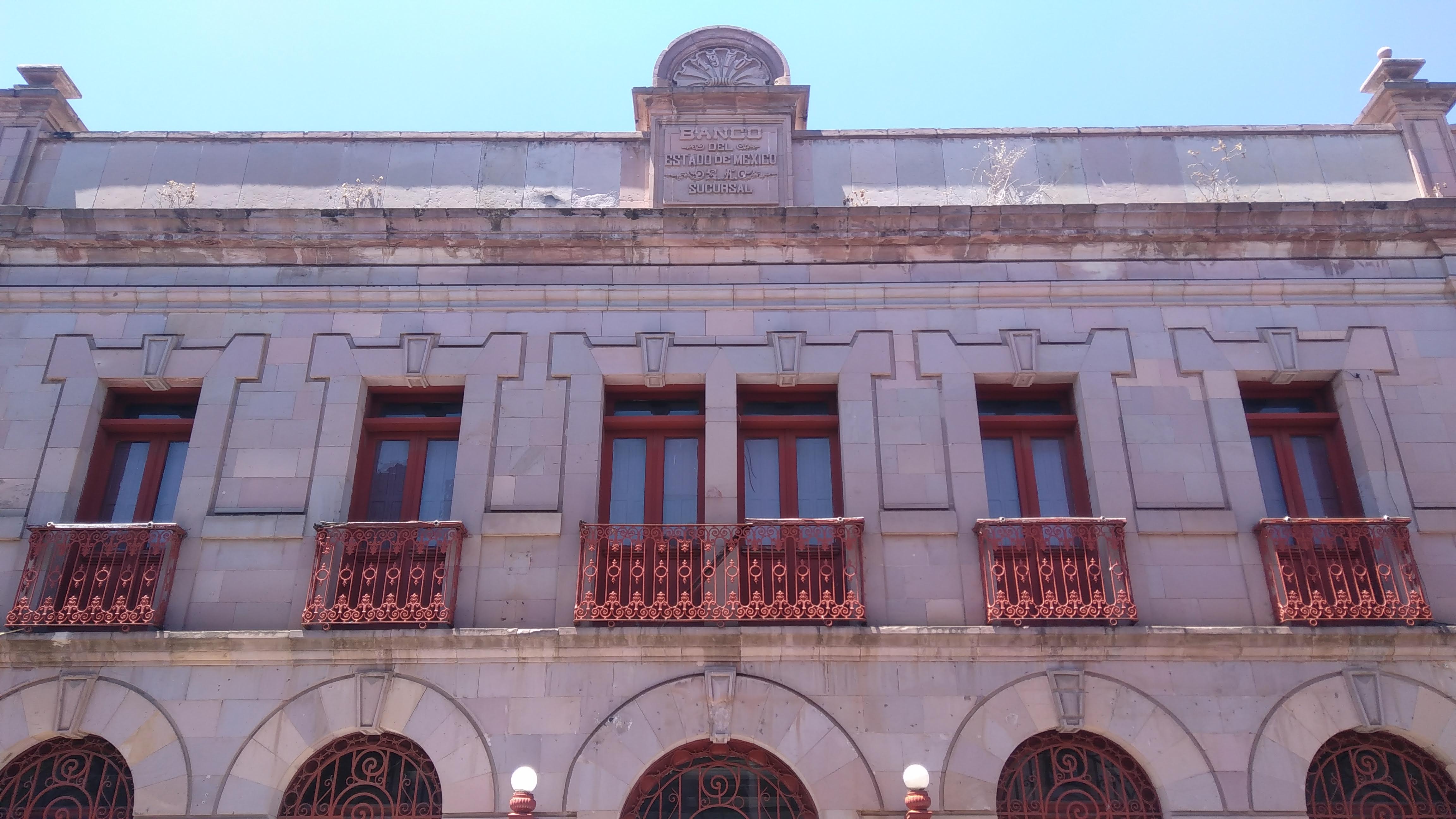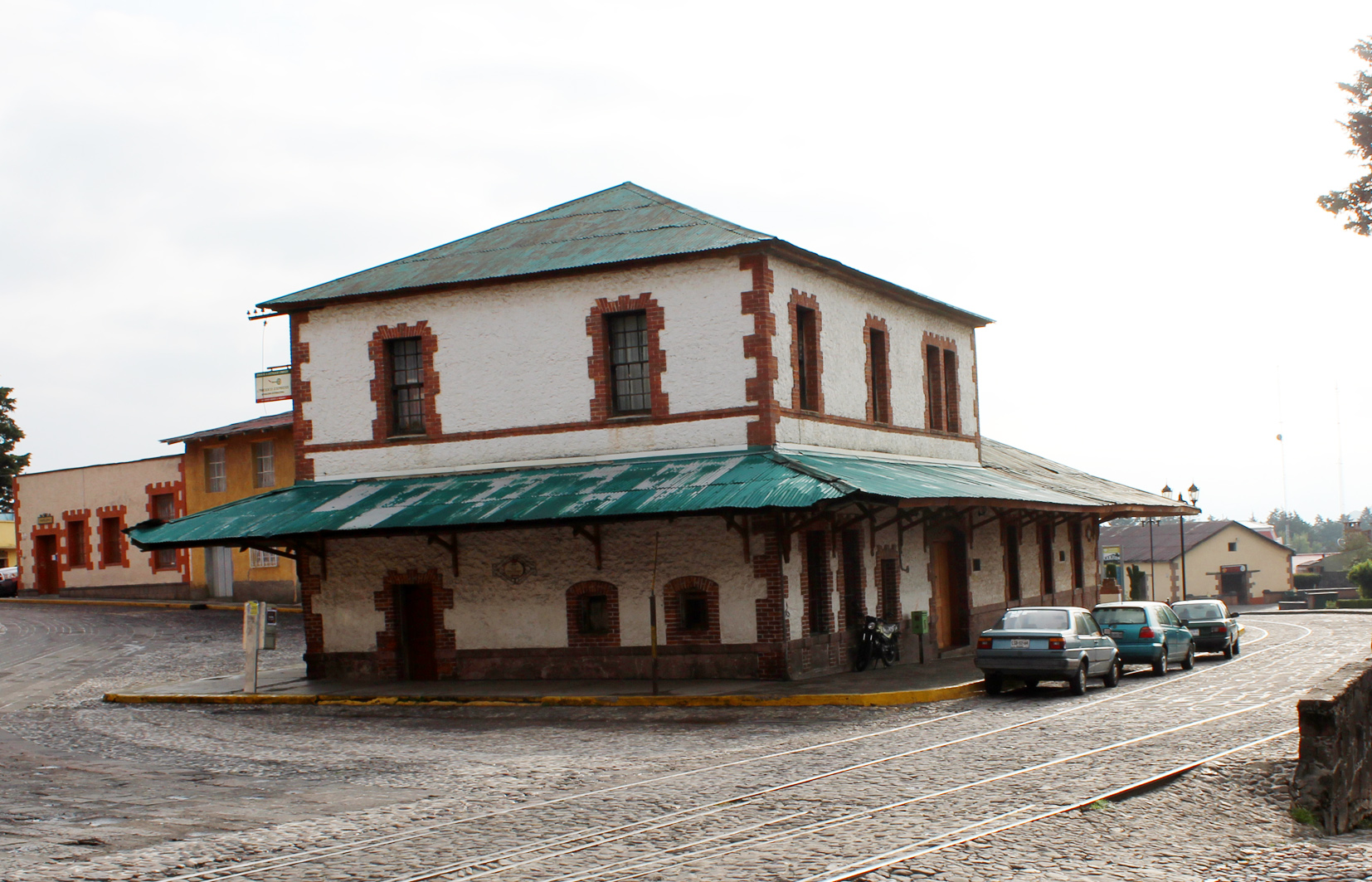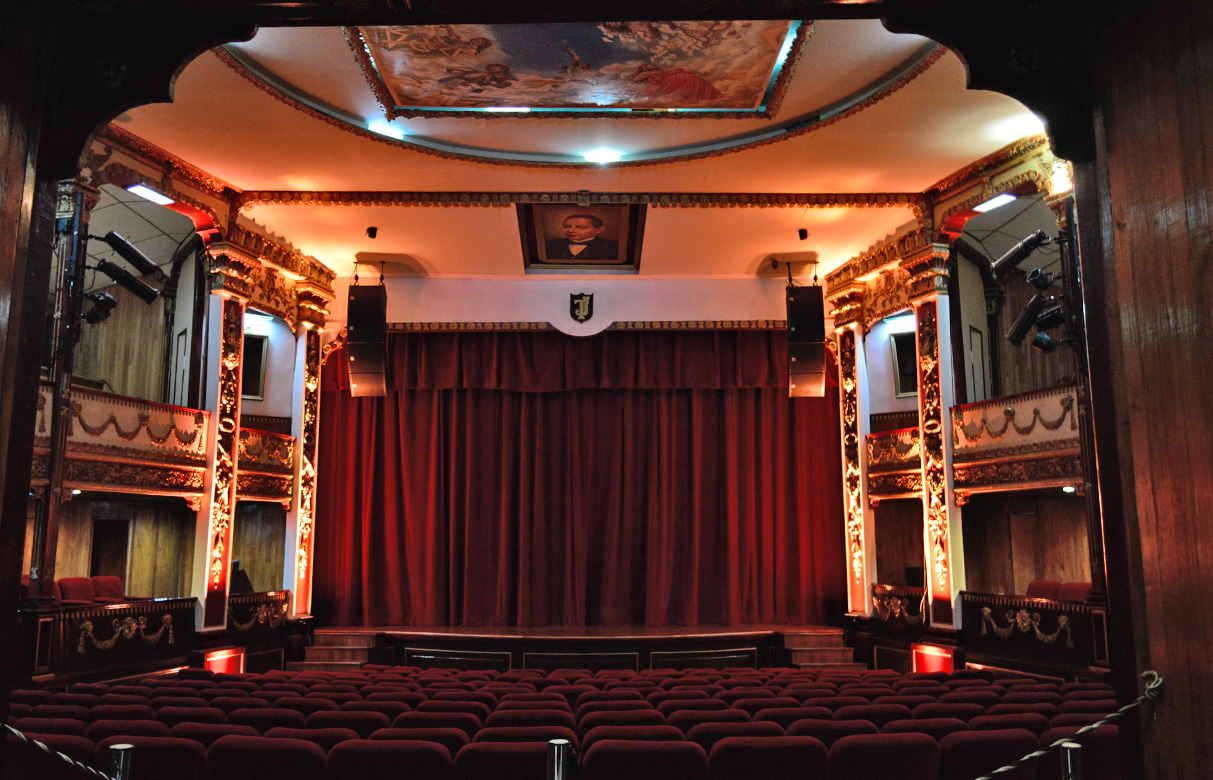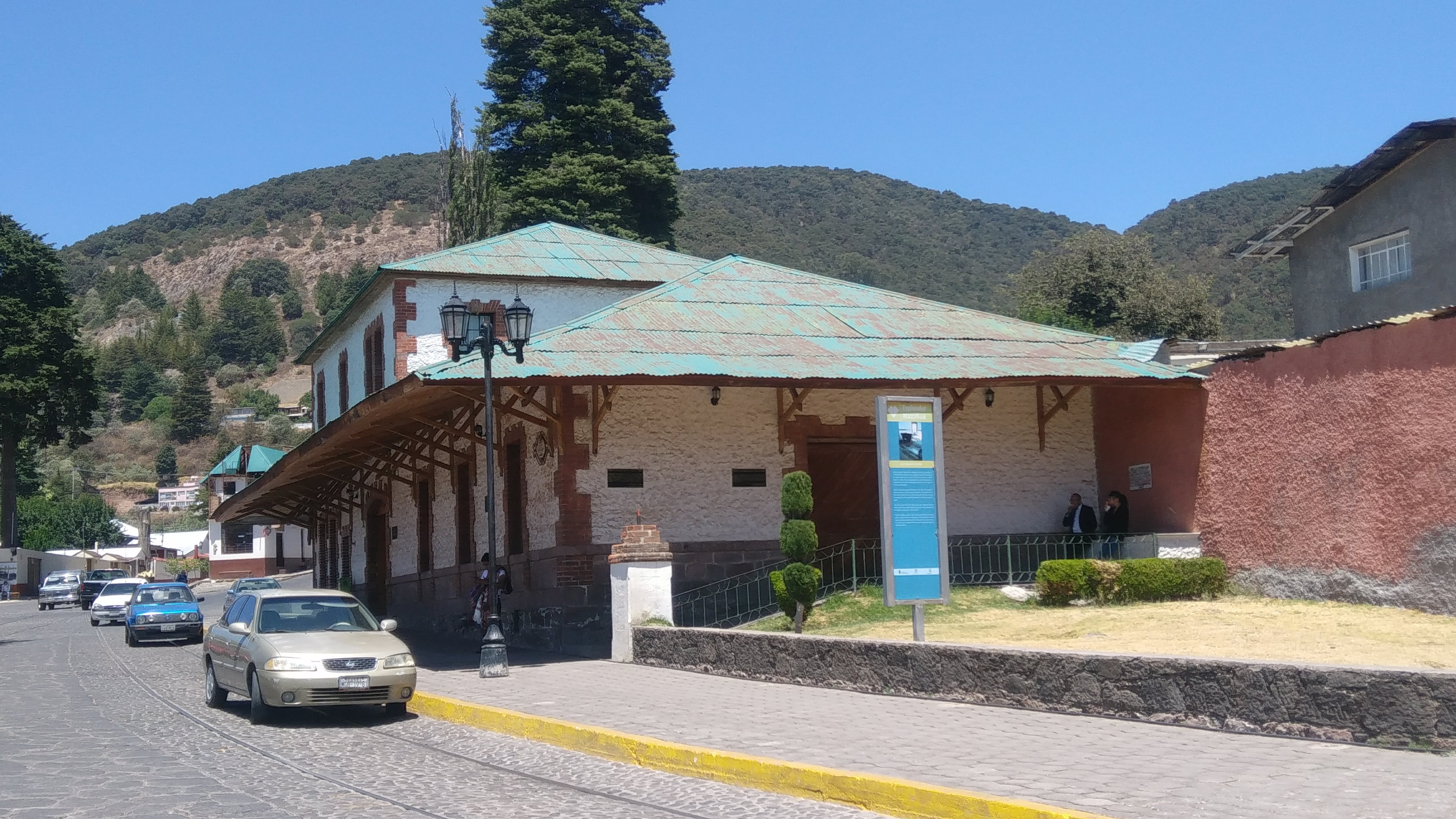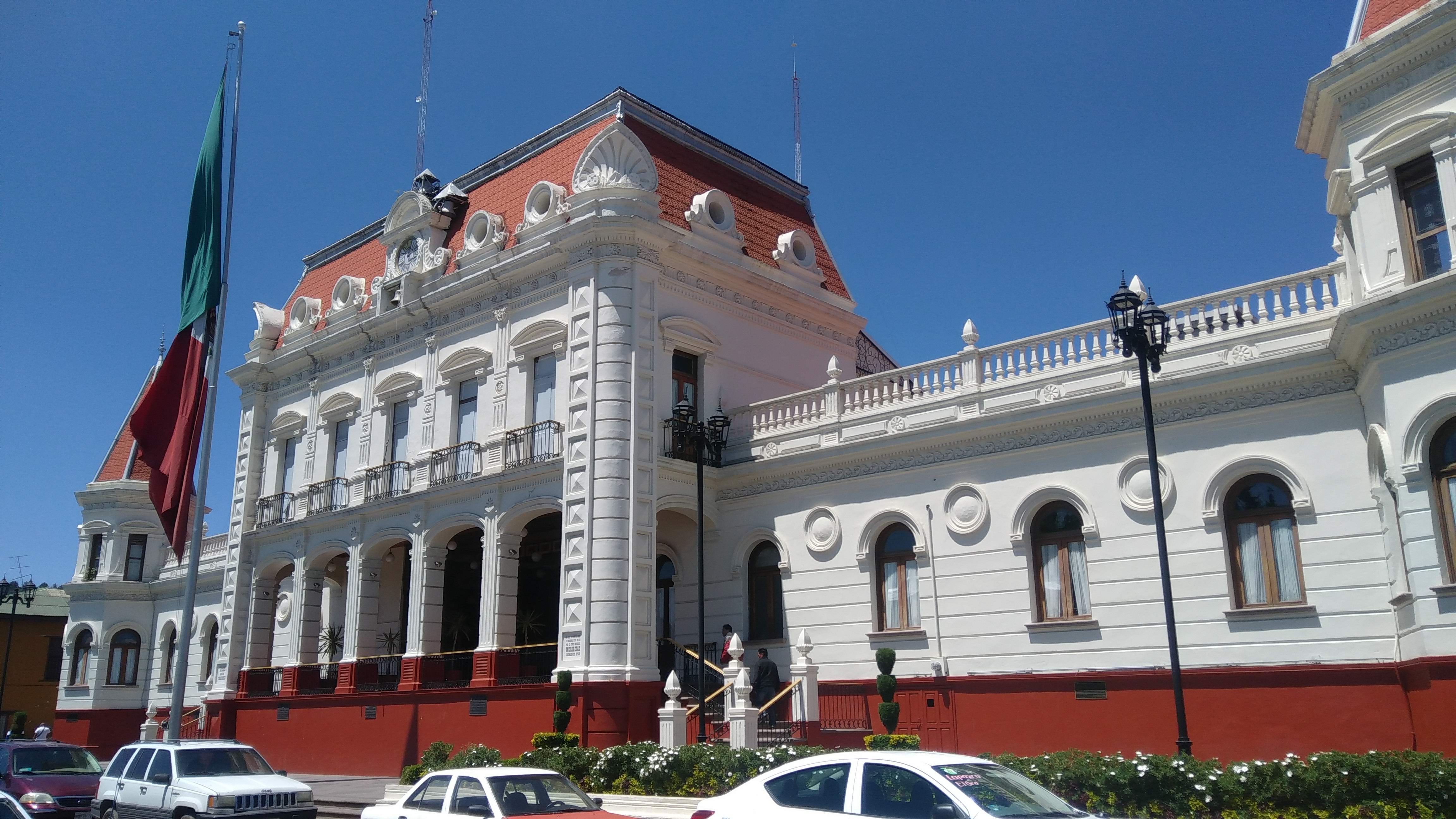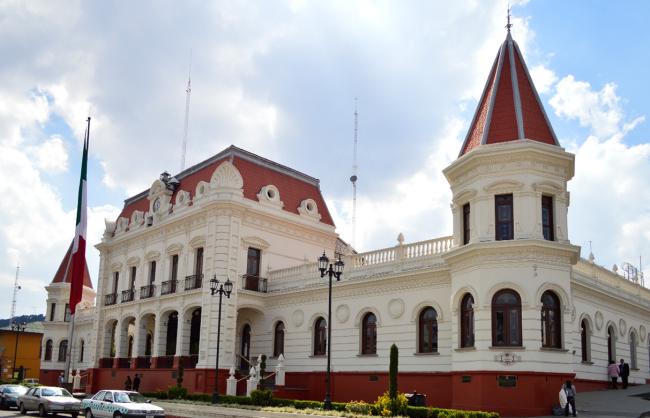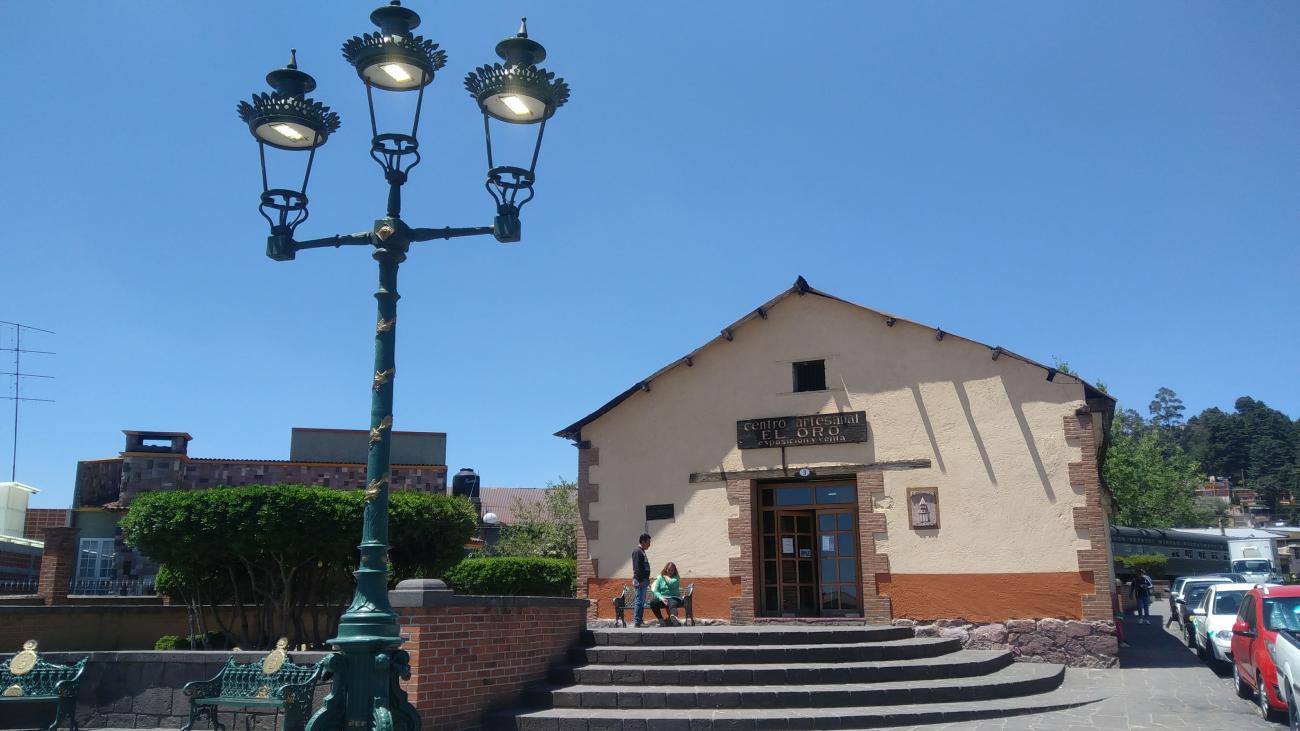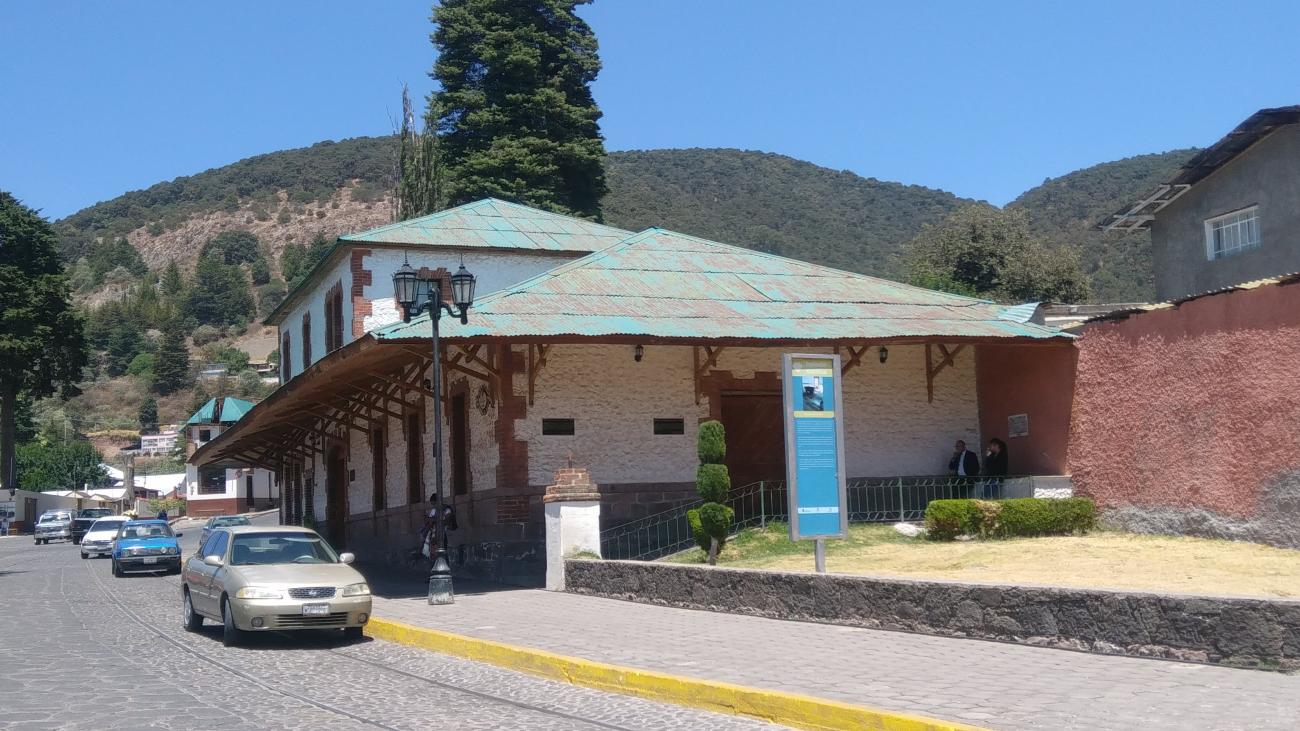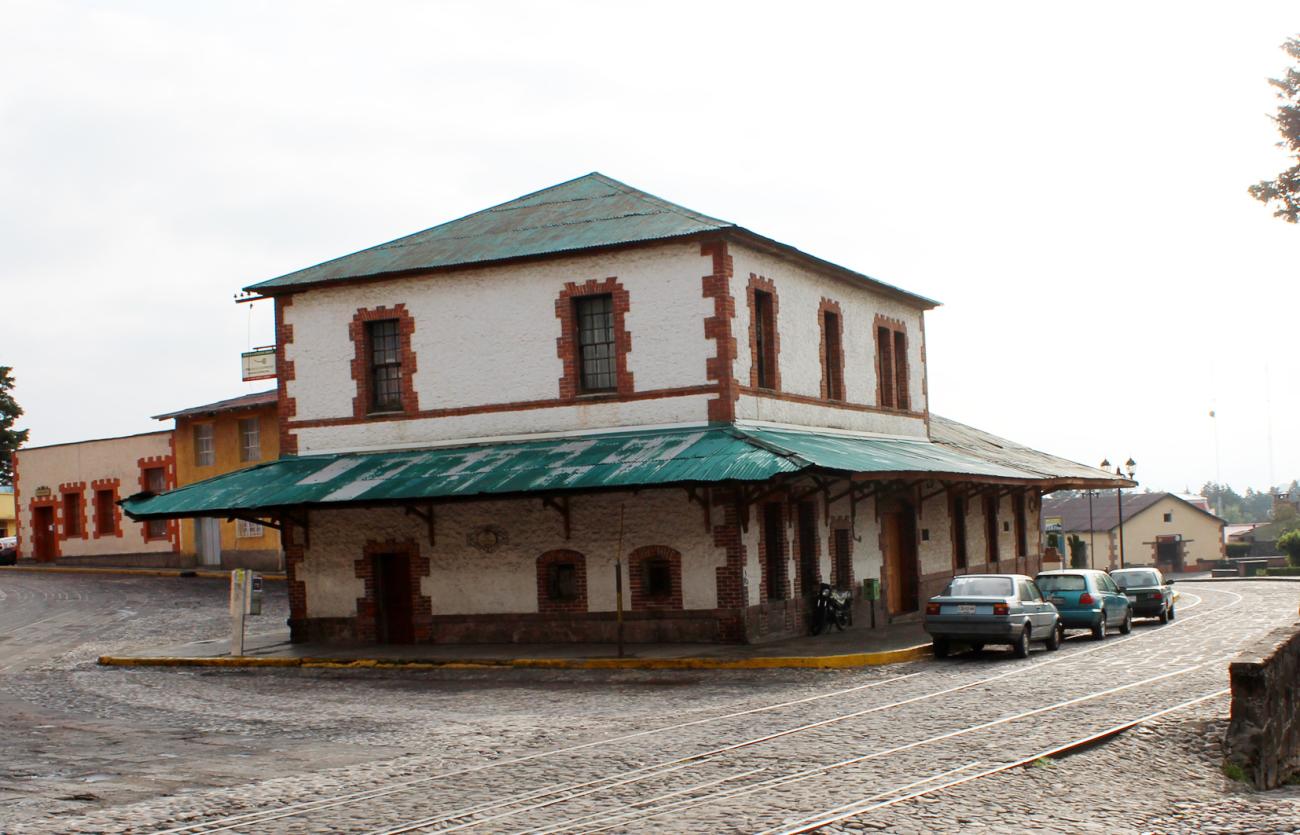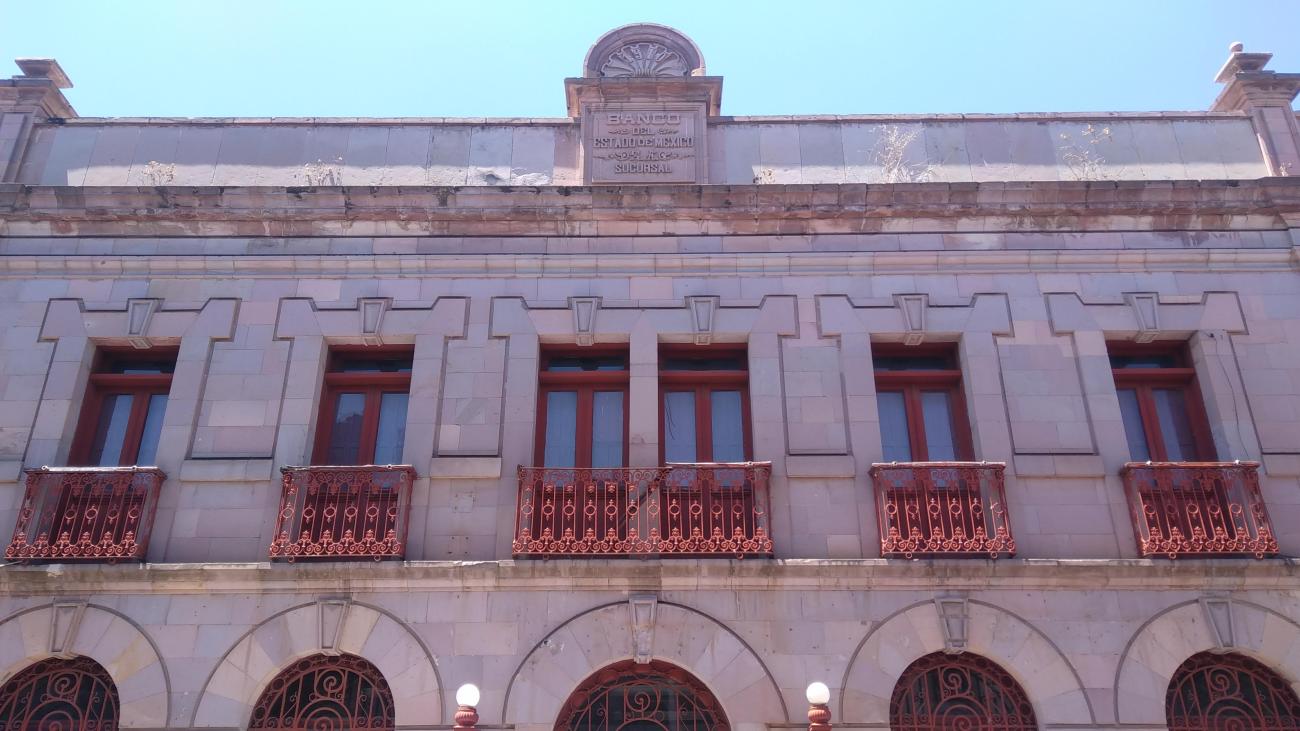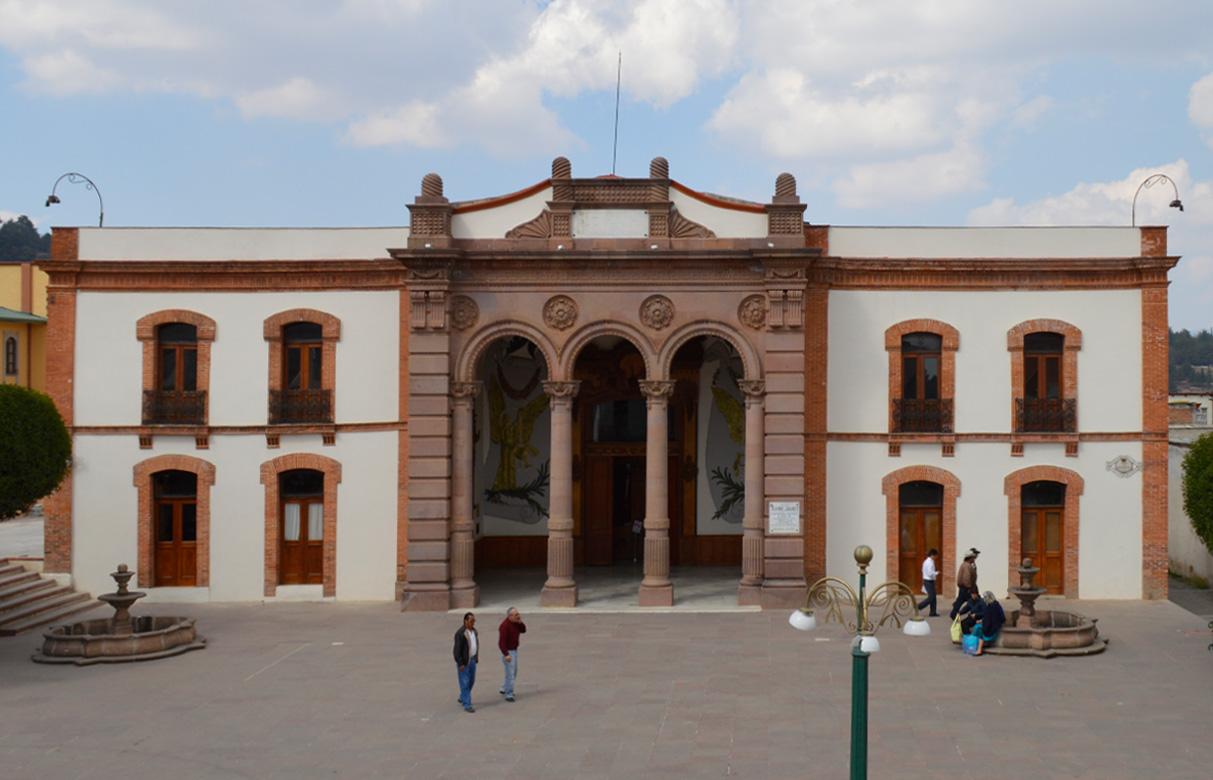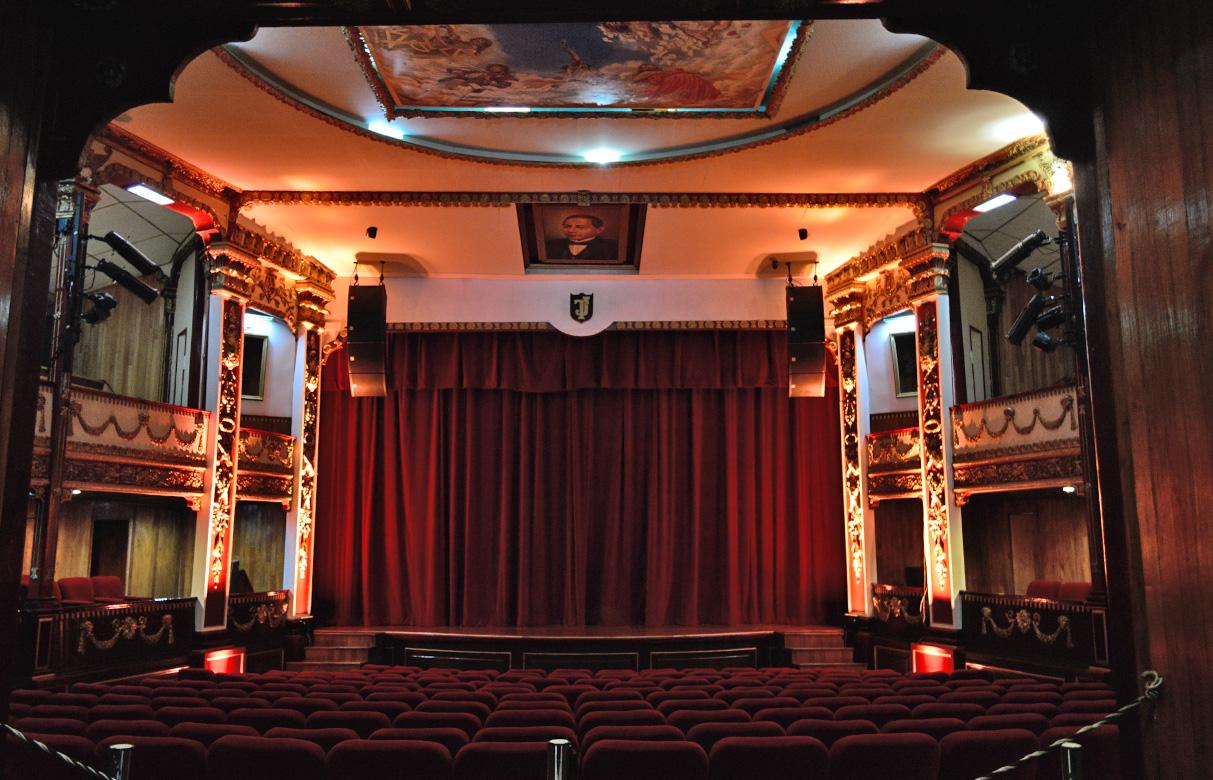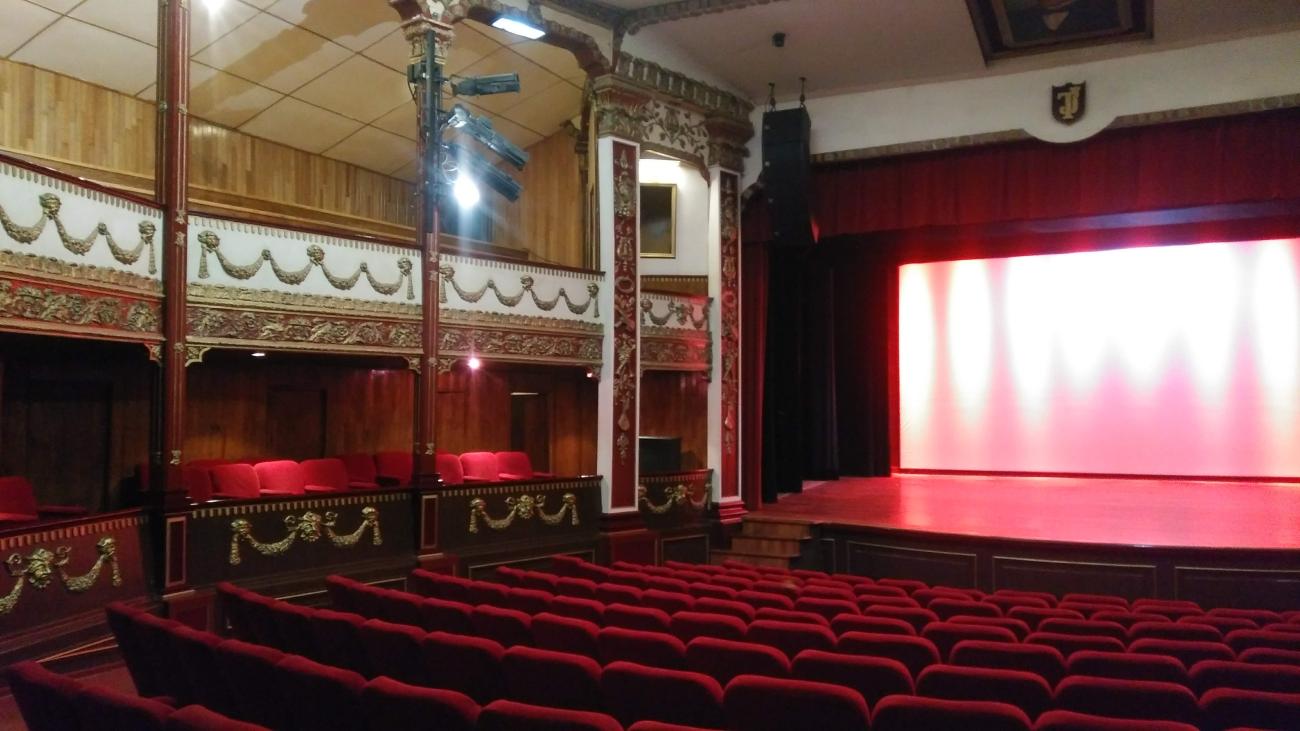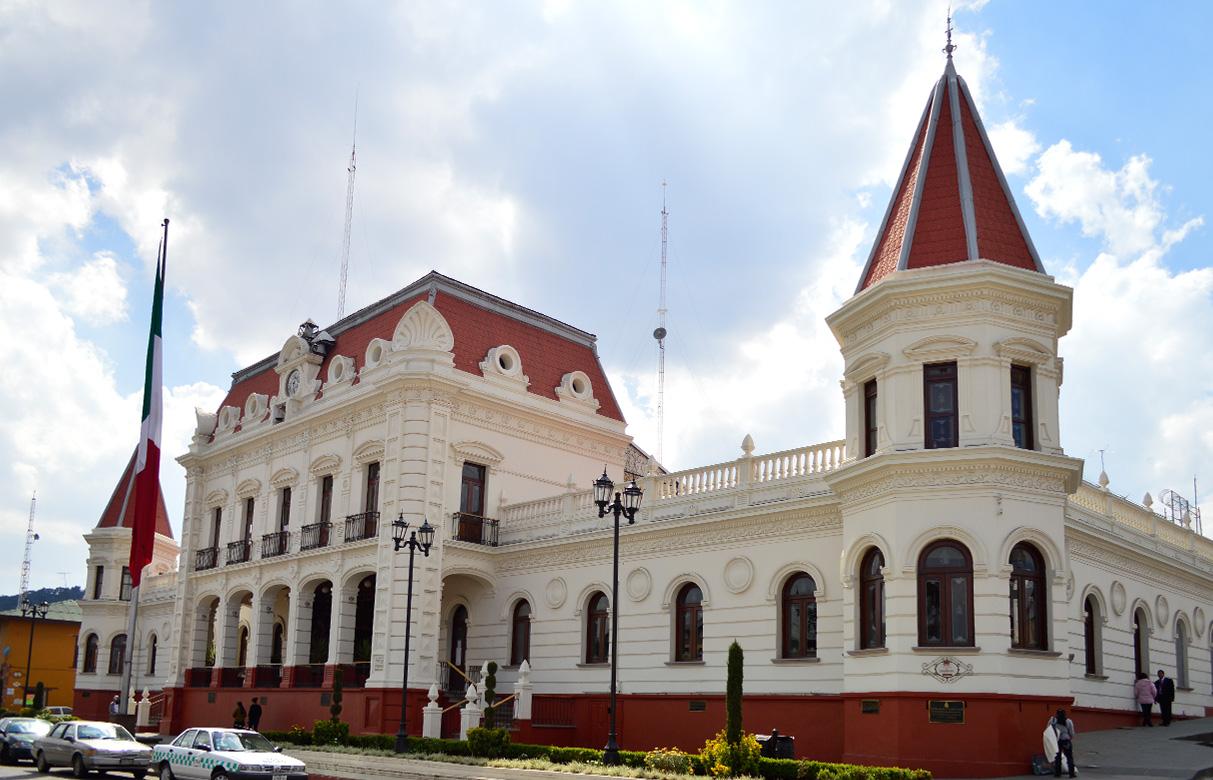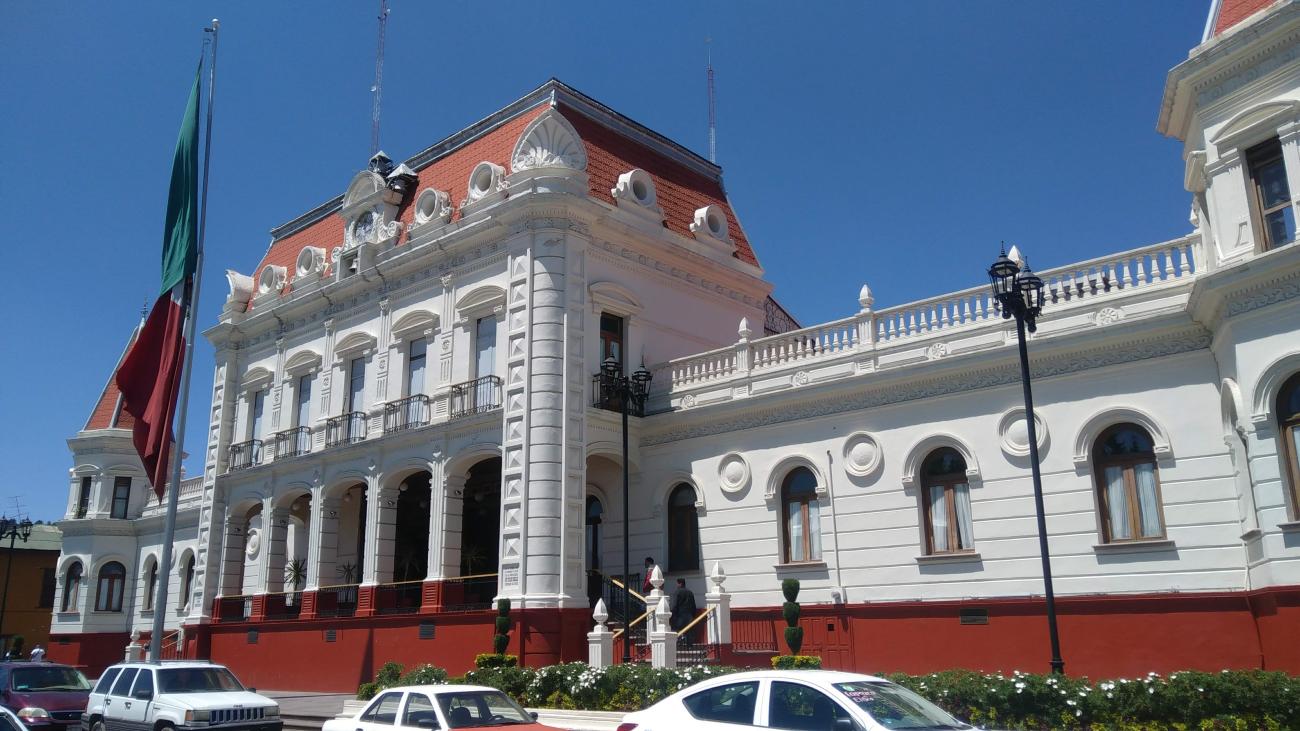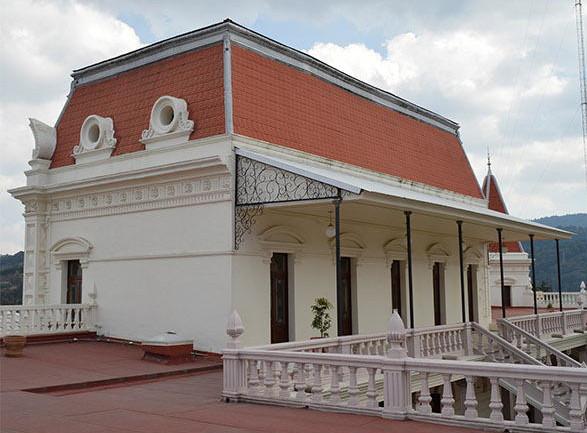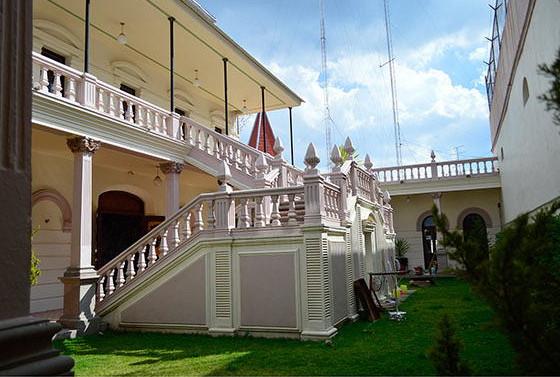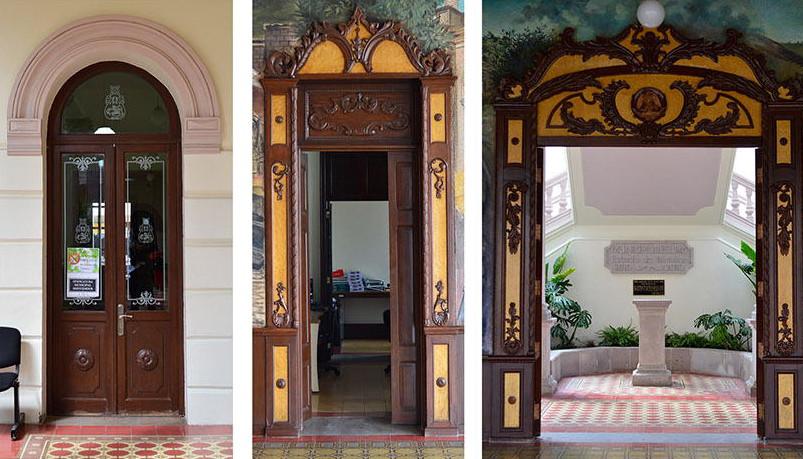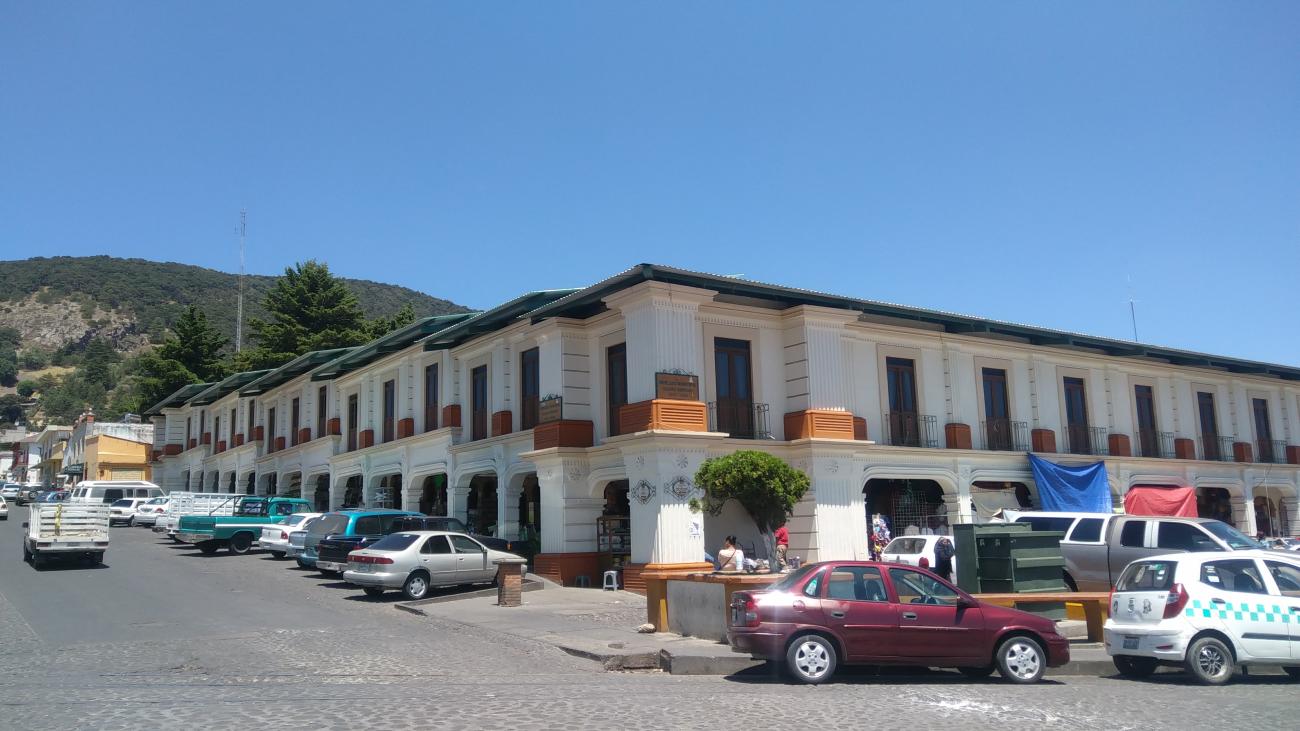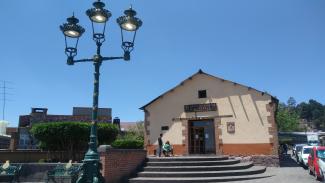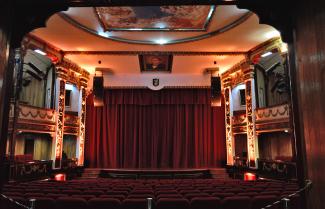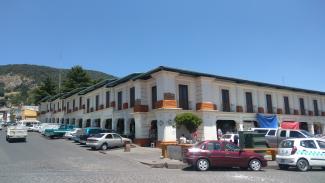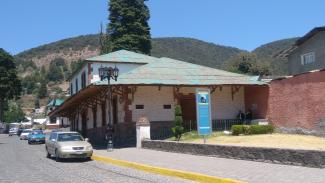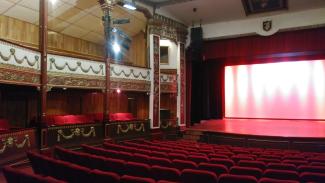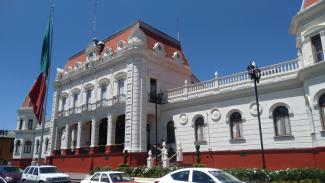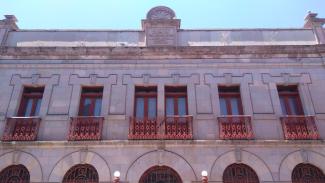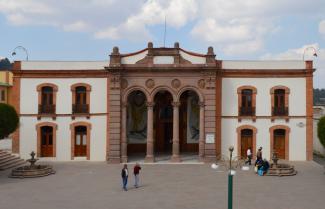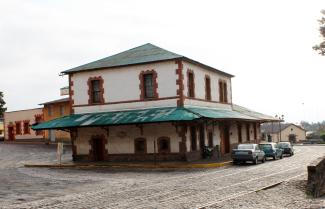El Oro de Hidalgo
Historical Monuments Zone
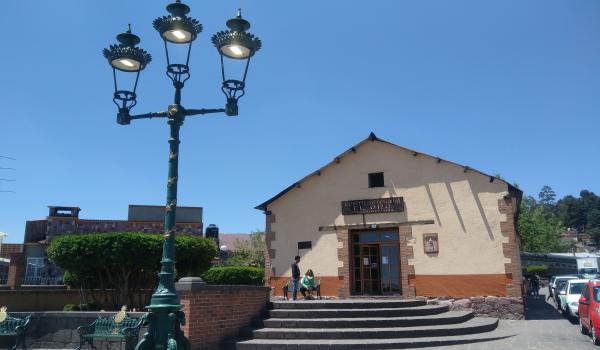
Centro artesanal El Oro
At the end of the 20th century, the building that served as the station's warehouse became home to the El Oro Craft Center, where products made by the people of El Oro are displayed.
Centro artesanal El Oro
At the end of the 20th century, the building that served as the station's warehouse became home to the El Oro Craft Center, where products made by the people of El Oro are displayed.
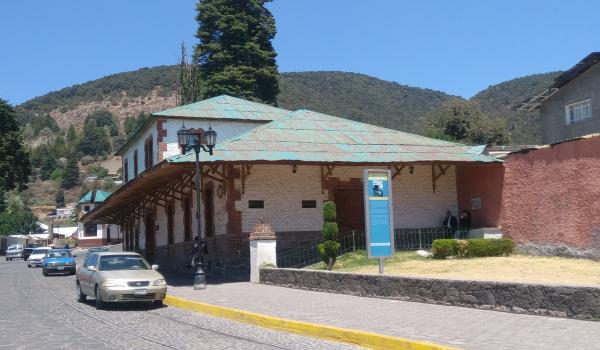
Antigua estación de ferrocarril de El Oro
El Oro station dates back to 1894, when construction of the railway tracks began in the town. It was a single-story building that housed the warehouses and engine rooms. In 1909, the railway station was replaced because there was not enough space for administrative tasks.
Antigua estación de ferrocarril de El Oro
El Oro station dates back to 1894, when construction of the railway tracks began in the town. It was a single-story building that housed the warehouses and engine rooms. In 1909, the railway station was replaced because there was not enough space for administrative tasks. The new building had two stories, which is the one that remains today. The ticket and telegraph offices, waiting room, and warehouse were located on the ground floor, while the superintendent's office and the dispatcher's office were located upstairs.
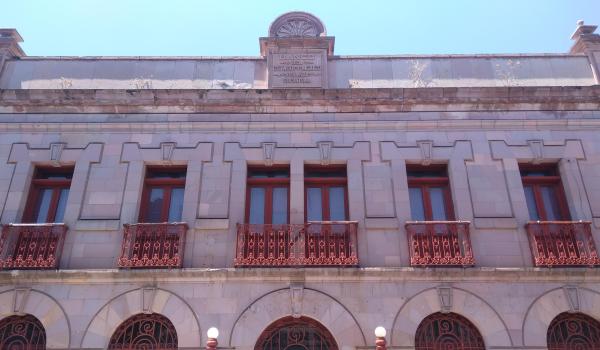
Banco del Estado de México
A 20th-century building consisting of two floors with a stone facade and six openings on both floors, those on the upper floor serving as balconies.
n>
Banco del Estado de México
A 20th-century building consisting of two floors with a stone facade and six openings on both floors, those on the upper floor serving as balconies.

Teatro Juárez
On February 6, 1907, construction of this building was completed with the aim of creating a cultural center for the growing mining population. It was remodeled in 1938. It is attributed to engineer José Gorbea Romo. It has a capacity for 1,500 people.
n>
Teatro Juárez
On February 6, 1907, construction of this building was completed with the aim of creating a cultural center for the growing mining population. It was remodeled in 1938. It is attributed to engineer José Gorbea Romo. It has a capacity for 1,500 people. Its architecture is dominated by classical elements, with columns, semicircular arches, and stone medallions. The ceiling features a painting by Manuel Guillén from 2003.
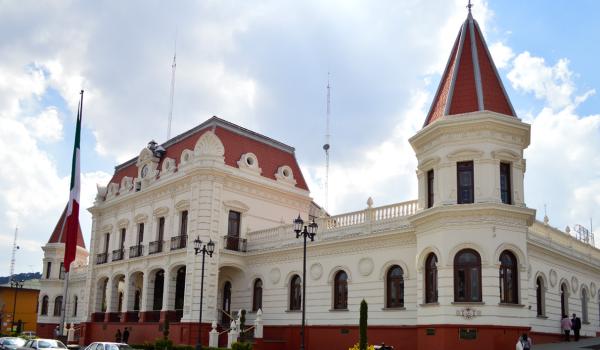
Palacio Municipal
In 1900, the mining companies La Esperanza and El Oro Mining and Railway met with the public administration to create a project for a building that would house the local government. These companies donated the land and the wood used in its construction.
n>
Palacio Municipal
In 1900, the mining companies La Esperanza and El Oro Mining and Railway met with the public administration to create a project for a building that would house the local government. These companies donated the land and the wood used in its construction. It was inaugurated in 1901 and included the market, jail, hospital, and municipal archives. A fire destroyed these buildings in 1905, leading to a ban on wooden constructions. In 1907, construction began on a new municipal palace, which was inaugurated in October 1910. In 1979, Manuel de Rugama created a mural in the entrance hall.
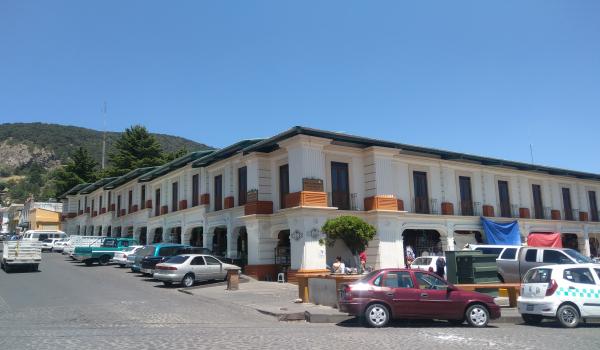
Mercado Álvaro Obregón

